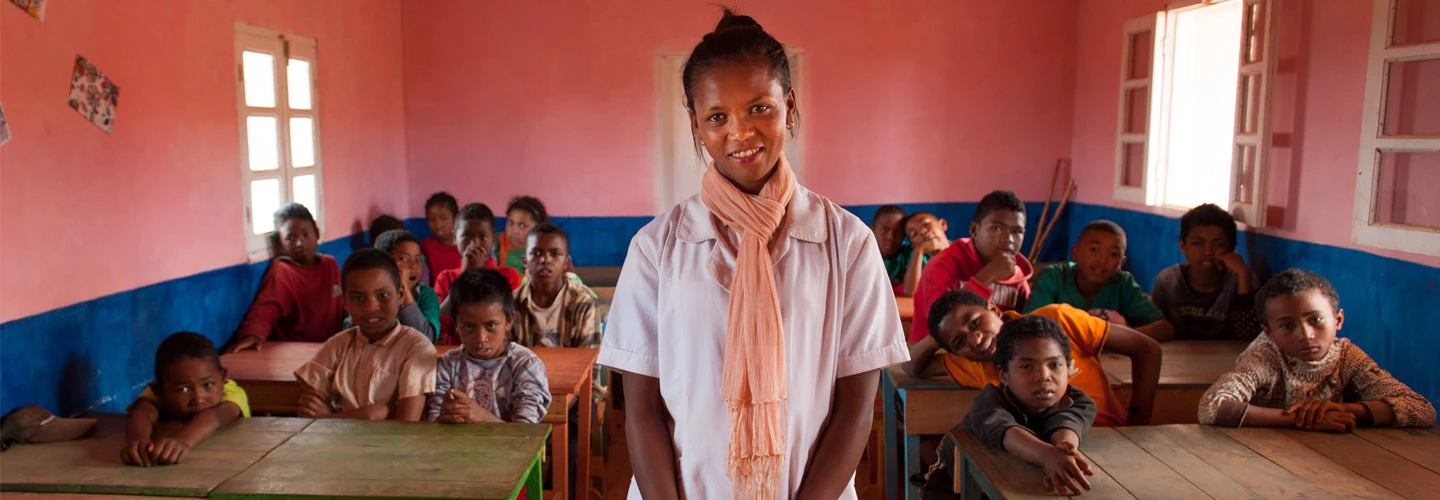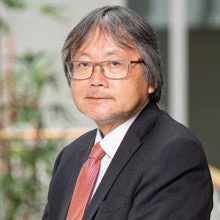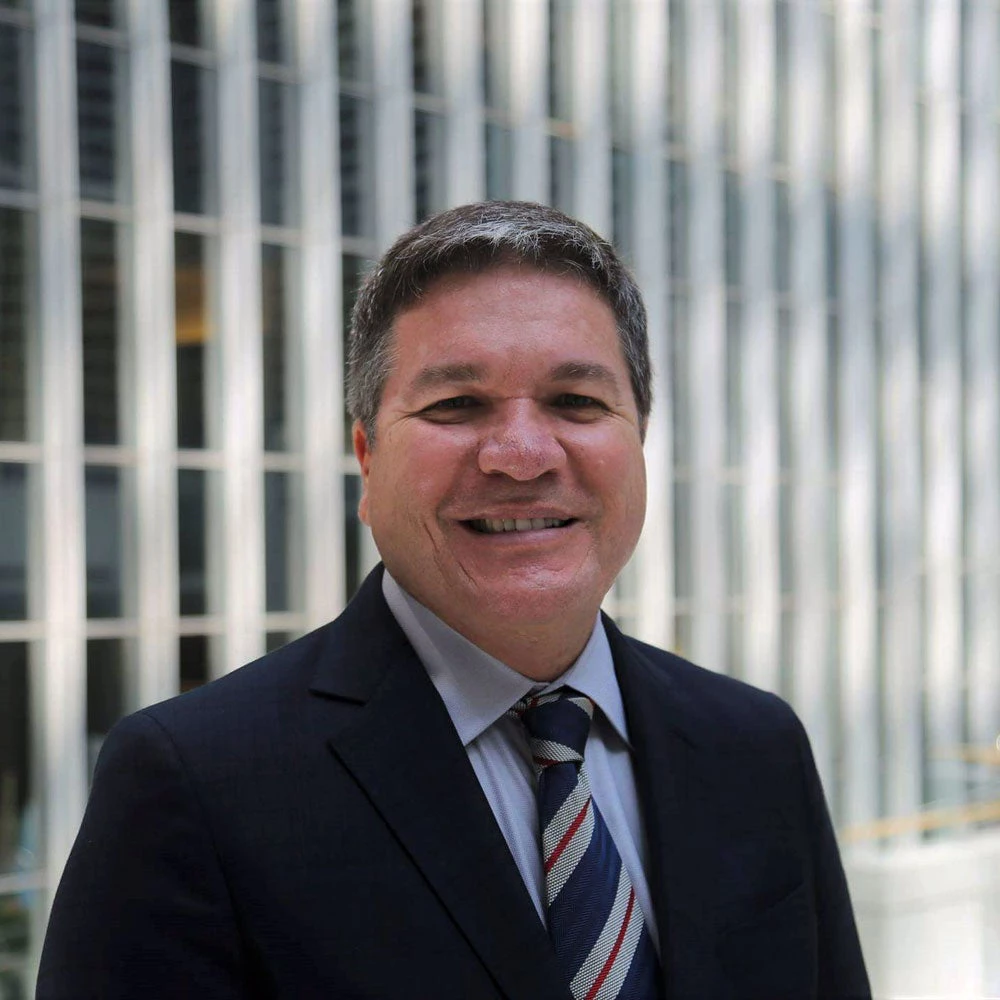 Classroom in Madagascar
Classroom in Madagascar
In the ever-evolving landscape of global aid, a discernible pattern has emerged: a proliferation of aid channels and vertical funds, fragmented transactions, and a rapid increase in earmarked aid.
An astounding 333 new aid entities have been created within a mere decade. Countries like Mali, Malawi, Rwanda, and Tajikistan, with their relatively small populations, have seen an astonishing number of agencies established, resulting in an average of one agency for every 76,000 to 138,000 citizens.
The fragmentation of aid is further compounded by the diminishing size of donor-funded transactions. The average official development assistance (ODA) grant has decreased by half over the past two decades, from $1.6 million in 2000 to a mere $0.8 million in 2021. Such fragmentation of grants into more numerous and smaller pieces poses a disproportionate burden on developing nations with lower income levels and limited capacity.
Additionally, there has been a significant shift in the allocation of aid towards facilities dedicated to specific sectors or themes. With grant commitments expanding by 16-fold over the last 20 years, the so-called vertical funds now provide developing countries with a greater volume of ODA grants than multilateral development banks (MDBs).
For instance, while fresh contributions to the three largest MDB concessional arms—the World Bank’s International Development Association (IDA), African Development Bank, and Asian Development Bank—have declined by 15 percent in nominal terms over the past decade, contributions to the five largest vertical funds—the Global Fund to Fight AIDS, Tuberculosis and Malaria, GAVI, the Vaccine Alliance, Green Climate Fund, Global Partnership for Education, and Global Environment Facility—have surged by 95 percent, surpassing MDBs by $9.2 billion.
The rise of these vertical funds has significantly increased financial flows to specific sectors and thematic areas, which are of high priority to donor countries. However, the majority of vertical funds operate as unleveraged facilities, meaning they match each dollar from donors with an equal dollar to recipient countries. If the increased funding directed towards vertical funds had instead been allocated to MDB concessional arms, assuming a conservative 2.5 times leverage, that $19.6 billion could have leveraged an additional $50 billion for global development. This highlights missed opportunities and the potential for greater balance in the strategic allocation of scarce concessional resources.
Striving for greater balance in resource allocation and adopting a more collaborative approach can help overcome the challenges posed by resource competition and increasing fragmentation, enabling the mobilization of greater resources to effectively tackle global development challenges.
One potential solution lies in optimizing the use of earmarked funds through IDA’s country-based model. With its unique hybrid financial model, IDA has the capability to leverage each dollar of donor contribution by three to four times. For instance, it could generate $4 in concessional funding for every $1 pledged for climate adaptation.
Another way to optimize the use of earmarked funds and reduce fragmentation would be for IDA to co-finance projects with vertical funds, which has been done with the Global Fund to Fight AIDS, Tuberculosis, and Malaria for nine projects over the past 10 years.
It is time to seize these opportunities and work together towards a more effective and efficient aid delivery system that truly benefits developing countries.



Join the Conversation